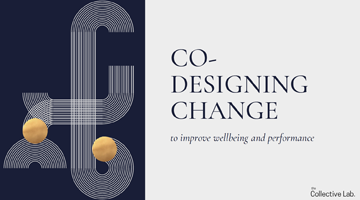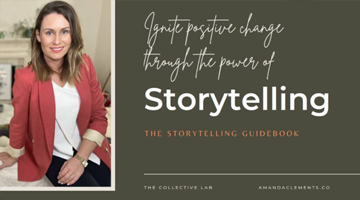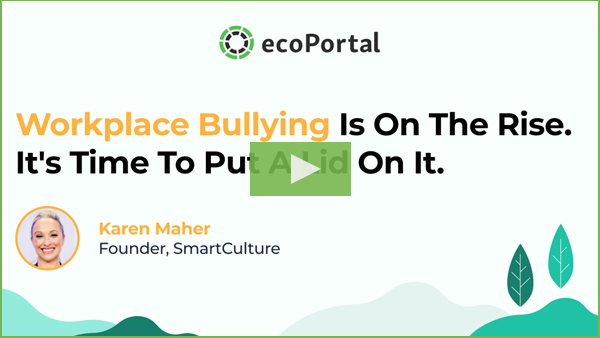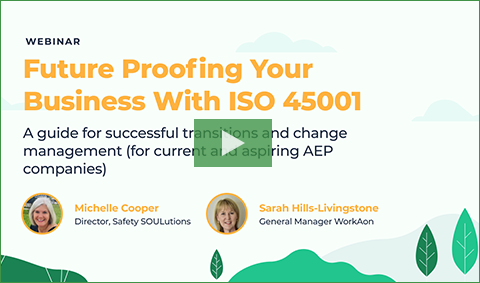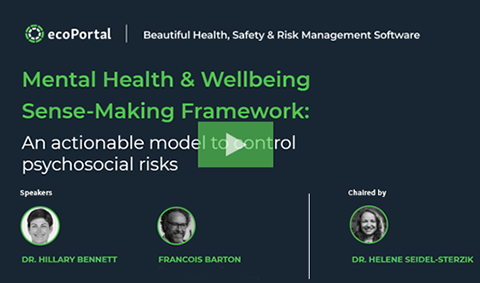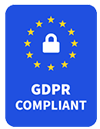Q&A
Some of the questions that were not addressed during the session due to time constraints have been answered by Amanda here
What's your advice for working with HR and helping them to understand the significant overlap of their work with psychosocial H&S risk management?
My perspective is that it has to be seen as a collaboration rather than 'who owns wellbeing or psychological health'. The former is a generative view (seeing old things in new ways) and the latter is a binary 'this or that' which can lead to all sorts of disagreements and/or alienating people. Therefore like any collaboration, a starting point is who has what skills, strengths and experience and how does it map to the goal we are wanting to achieve, and are there gaps? In which case you may need to source external advice. In any cross-functional collaboration, I'd also suggest that it's critical to have the heads of the function in alignment, this may take shape as a regular alignment/collab meeting for example.
i'm having real struggles with where the line is drawn with HR & HS with wellbeing too. is HS proactive and HR Reactive?
I wouldn't see it as this, and potentially this could be perceived as divisive. It depends on the team's responsibilities and experience but typically HR have the Org Design / Development experience and therefore can input into the proactive work design actions and controls. At the same time HSE team members may be able to input into the controls that would be effective to manage certain risks.
What are the metrics for 'successful change'?
This needs careful consideration, particularly as the start of any large-scale change effort, with multiple stakeholders. Metrics can be developed based on the desired outcome you are wanting to achieve. For example for a pilot project we have commenced which uses new technology, we are wanting to know and therefore measure, the employee's perceptions of usability and effectiveness to achieve the overall goal (which is identifying and assessing the psychosocial risk). We are also measuring over time the change in the level of risk & the psychosocial safety climate (PSC) questionnaire which an evidence based method.
How is this process best applied when change stems from a mandatory need - such as change to law mandating a new way of work?
The law requires consultation so that can be done in co-design way rather than a top-down tick-the-box approach that consultation often looks like. I'm working in this exact space currently where NSW in Aus have implemented psychosocial risk regulations. It's been known for sometime this was coming so we had already designed a pilot program to test how these risks can be managed most effectively. We've had input from HR, HSE and leaders into the design and implementation of the pilot program.
Do workers always have a view of what the best controls might be to minimise these risks, or do we also need to inject some of our own subject matter expertise?
I would replace OR with AND. It's most likely to be both AND other sources of input such as external experts, industry groups, learnings from other companies etc
Impact to a persons psychosocial health is heavily influenced by how they perceive things. How do we influence someone's 'perception' to better match the intent and actual situation?
I think this is very unique to each situation but in general, I would say I prefer to focus on changing the system, (the environment, conditions, and organisational factors) rather than individual behaviours. Focusing 'upstream' has a greater effect on the outcomes. Of course a person's perception is informed by their knowledge and experience so it may be that raising awareness through providing evidence around what's proven to work and telling stories about people's experiences can all influence how people perceive things.

